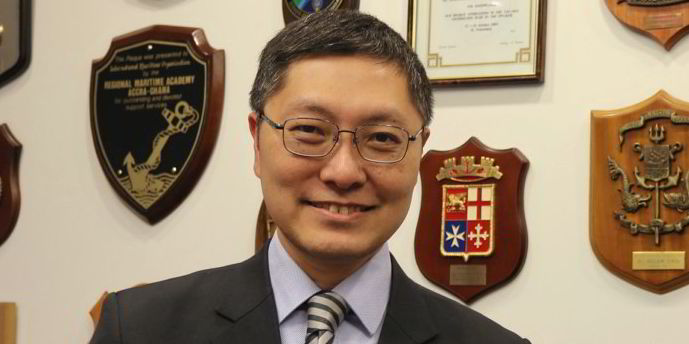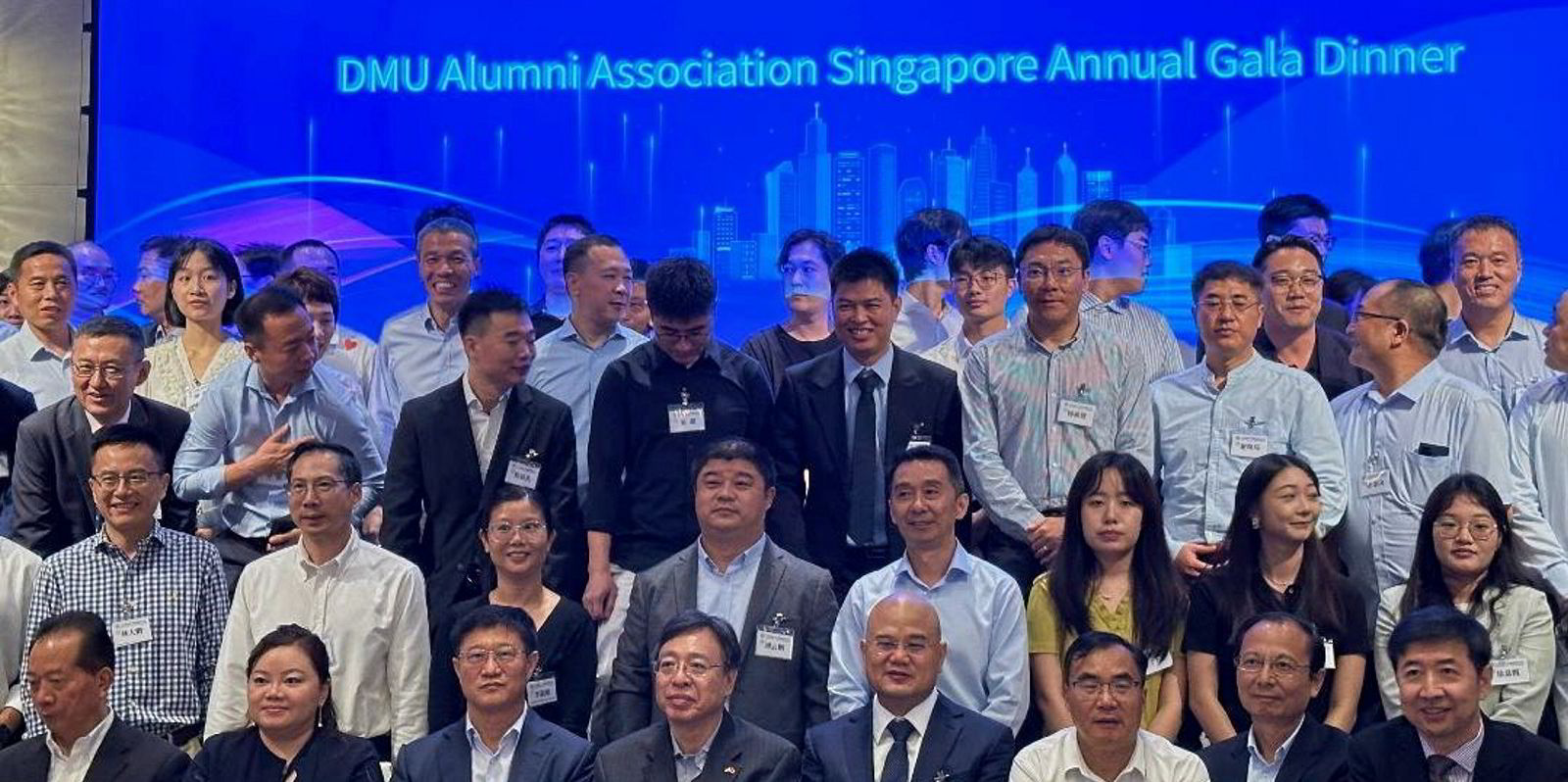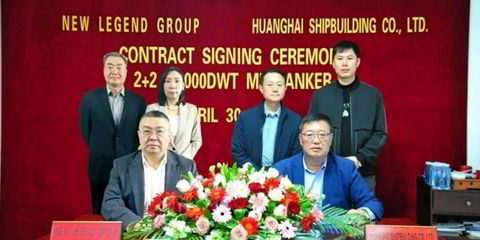More companies have joined the Singapore-Rotterdam green and digital shipping corridor (GDSC) initiative.
There are now 26 companies and organisations in this partnership, with Hapag-Lloyd joining alongside CMA CGM, AP Moller-Maersk, MSC Mediterranean Shipping Company and Ocean Network Express, Singapore’s Maritime & Port Authority said.
The Singapore-based A*Stars Centre for Maritime Digitalisation is also working in the consortium to help develop computer modelling, simulation and artificial intelligence tools for the corridor ecosystem.
The purpose of green corridors has been to focus research and development on shipping lanes that can demonstrate resilient change and encourage the take-up of new fuels.
The MPA said at Singapore Maritime Week that the new partners in the Singapore-Rotterdam GDSC will be forming working groups on new fuels such as synthetic methanol, bio-methanol, ammonia, methane and hydrogen.
The digital aspect of the corridor comes with work on forming standards for vessel arrival and departure time reporting, notably for secure ship-shore data exchange, and greenhouse gas emissions monitoring, reporting and verification, which forms part of the European Union’s emissions regulations.
MPA chief executive Teo Eng Dih said the work by his authority and its partners highlights the effectiveness of public-private partnerships.
“This collaboration will allow Singapore and Rotterdam to pilot innovative solutions on one of the world’s busiest shipping routes and accelerate the decarbonisation and digitalisation of the industry,” he said.
Singapore is now working with 10 ports on five green corridor projects. It has established agreements with ports in Australia, Japan, China, the Netherlands and the US.




